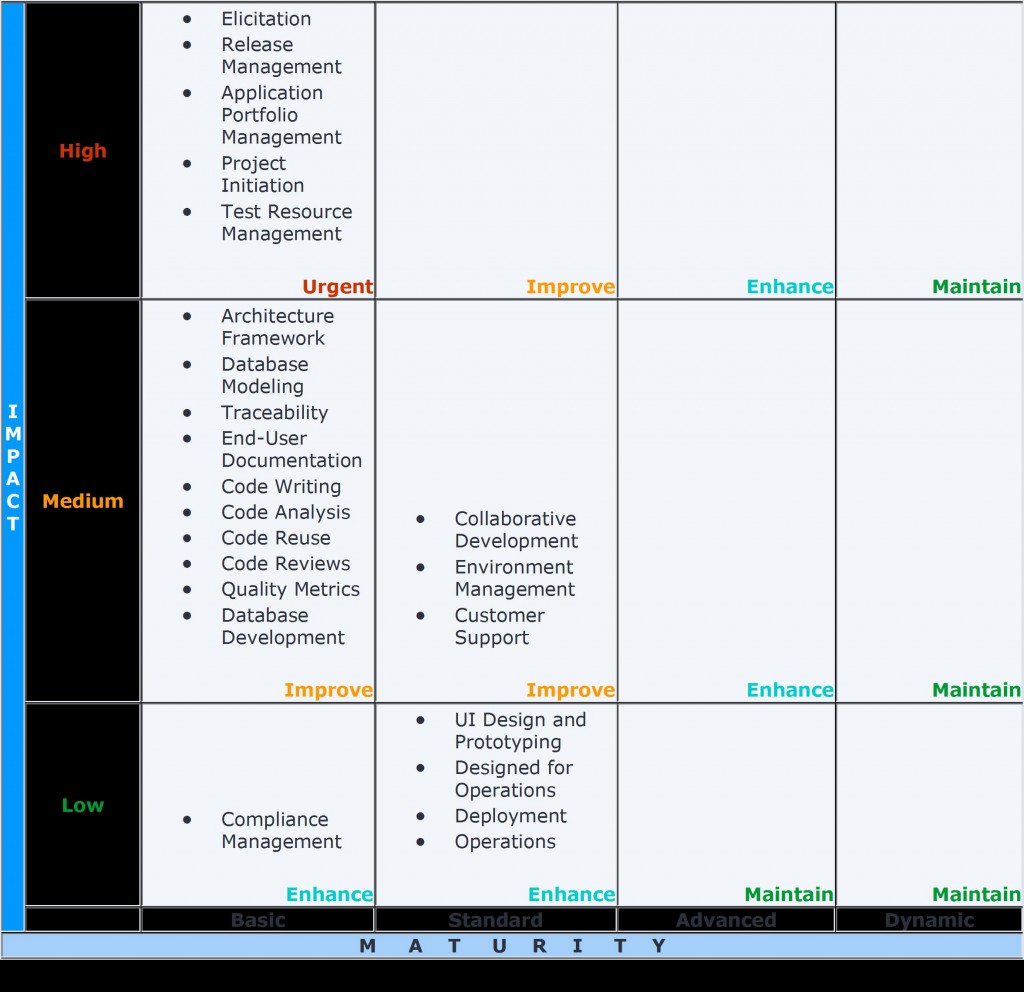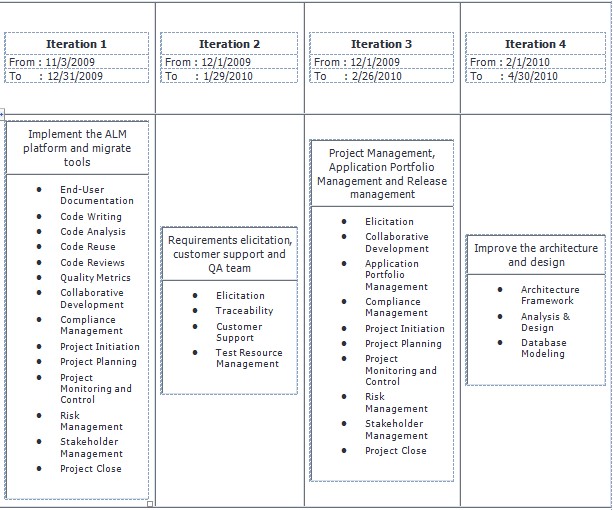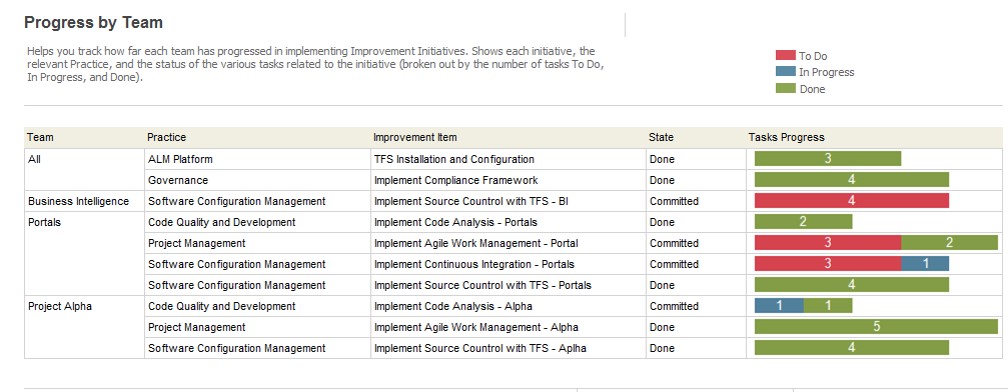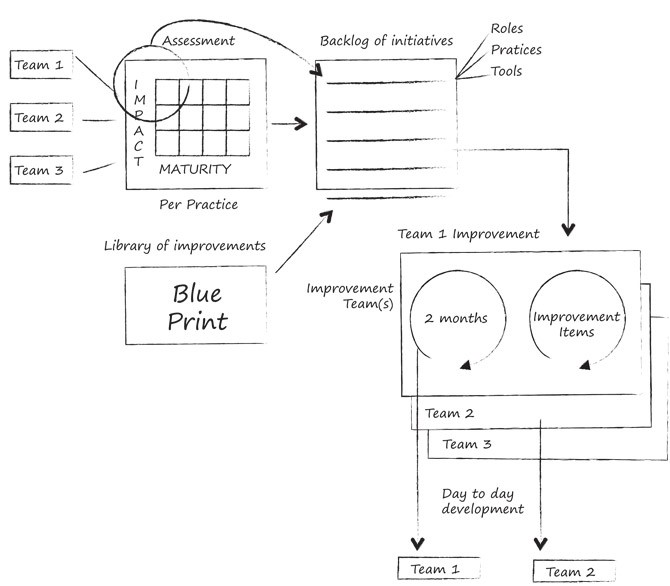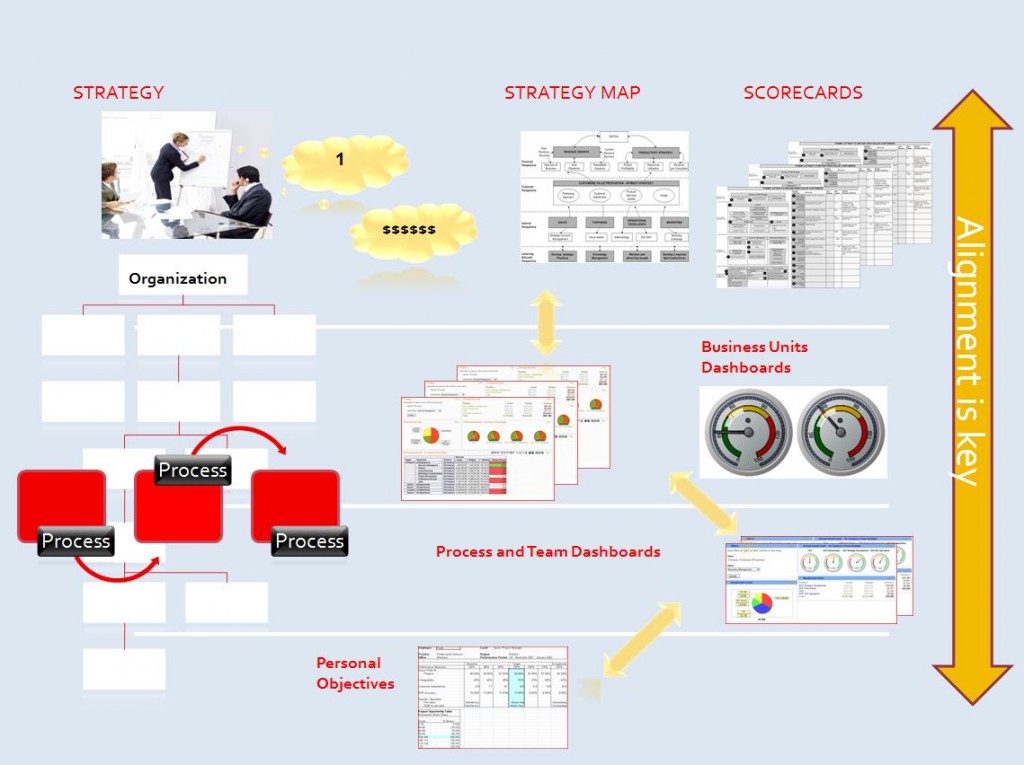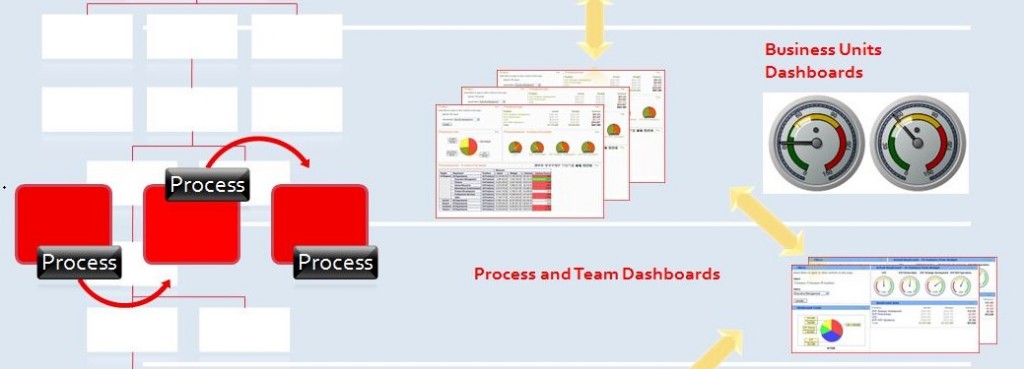(Antoine de Saint-Exupery)
Do you want to improve your software development organization? Great! What are your goals? Improve quality? Speed up development cycles? Deliver better business solutions? Reduce the cost of development and operations? All of the above?
Our customers would typically answer “yes” to all those questions. However, as we all have limited resources, and sometimes conflicting priorities, we need to make sure we focus on the right things at the right time, and we need to turn those goals into tangible objectives.
A potential path to success (in addition of the typical change management steps from Part I of the post):
1- Assess the current state of your software development organization with the ALM Catalyst Assessment from Microsoft. Through a series of targeted interviews and supported by the ALM Catalyst tool, an ALM partner, like InCycle, can help you define those practices that will have a bigger impact on your organization, and develop the plan to improve them, in the right sequence. (*)
2- Leverage the InCycle Blueprint template to manage the project and measure the improvements.
3- Establish and foster a culture of continuous improvement to ensure you revisit the plan regularly. Agile practices will help.
In summary:
And remember that automation is your friend, getting near real-time information automatically allows you to make better decisions faster.
Do you recall the generic implementation model from the previous post?
Using Microsoft Visual Studio, Team Foundation Server and InCycle Blueprint you will be able to automate, part or all of the following (for Software Development Organizations):
Other Microsoft tools can be used to automate things like objectives mapping, scorecards and what-if scenarios (Microsoft Project Server and SharePoint for example). The other good news is that as they are Microsoft products, Team Foundation Server and Project and Project Server and SharePoint communicate well together and some connectors exist to exchange data between them (TFS with Project and Project Server for example).
(*) Check out this too
Stay tuned for part III of the post if you are interested in technics and tools you can use to facilitate some of the discussions around change (won’t be about VS-TFS though).


